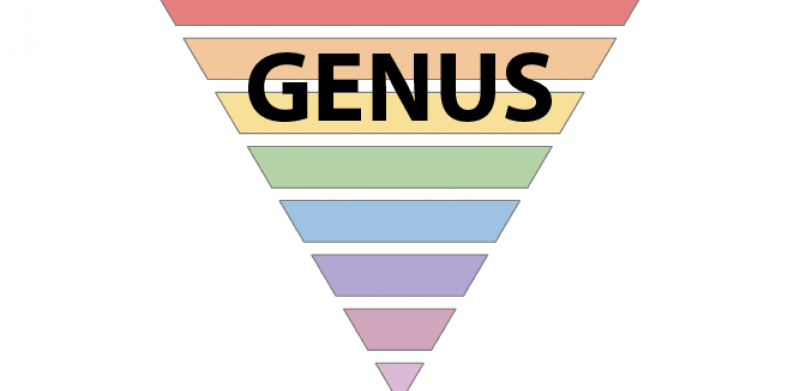Genus: Weflthvirus
Family: Lispiviridae
Genus: Weflthvirus
Distinguishing features
Members of the genus Weflthvirus are distinguished from members of other genera by their branching on a phylogenetic tree constructed with the L-INS-i algorithm and inferred using ModelTest-NG and the LG substitution model, and by having a coding-complete RdRP amino acid sequence that is less than 50% identical to that of members of other genera in the family.


